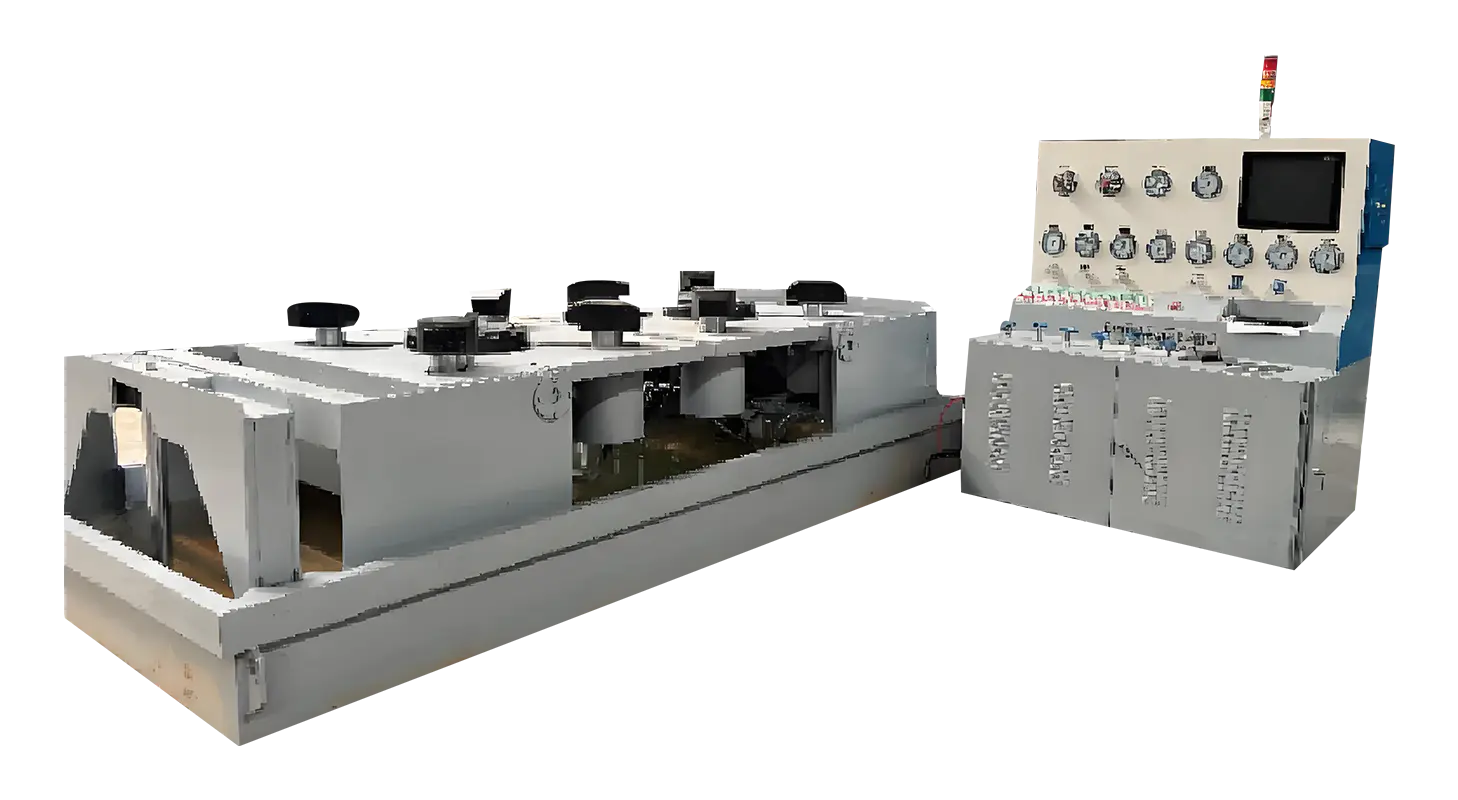Jun 25, 2025
Pneumatic valve testing plays a significant role in various industrial processes where the reliability and safety of valves are essential. Pneumatic systems are widely used due to their simple structure, ease of control, and clean operation. Understanding the applications of pneumatic valve testing can help ensure that valves perform properly under pressure and maintain system integrity. This article will discuss how pneumatic valve testing is applied across industries, focusing on PRV testing equipment and pressure relief valve testing equipment.

Understanding Pneumatic Valve Testing
Pneumatic valve testing involves using compressed air or gas to verify the performance, strength, and tightness of different types of valves. Unlike hydraulic testing, which uses liquids, pneumatic testing requires gas, usually air or nitrogen, to pressurize the valve under controlled conditions. Pneumatic tests are particularly suitable for valves used in gas pipelines, air supply systems, and industries where fluid contamination is not acceptable.
The primary purpose of pneumatic valve testing is to ensure that valves can operate safely under specific pressure ranges and that there are no leaks that could compromise system performance. This type of testing is critical in sectors such as oil and gas, chemical processing, pharmaceuticals, and food production.
Applications of Pneumatic Valve Testing
Pneumatic valve testing is used in a variety of settings:
Leak Tightness Testing: Ensures that the valve body and seat can prevent gas from escaping at defined pressure levels.
Functional Testing: Checks whether valves open and close properly when actuated by pneumatic pressure.
Performance Verification: Confirms that valves can handle operating pressures without mechanical failure or deformation.
Safety Testing: Especially important for valves that are part of emergency shut-off systems or pressure protection setups.
These applications help maintain plant safety, improve process control, and reduce the risk of operational downtime.
PRV Testing Equipment in Pneumatic Systems
PRV testing equipment is specifically designed to test Pressure Relief Valves (PRVs) under pneumatic conditions. Pressure Relief Valves are essential safety devices that protect pressurized systems from overpressure by releasing excess pressure when it reaches a predetermined limit.
PRV testing equipment for pneumatic valves typically includes fixtures to secure the valve, compressed air sources, pressure gauges, and control panels to regulate and measure test parameters. This equipment allows for precise adjustment of pressure to verify the set pressure, reseating pressure, and leakage rates.
Using PRV testing equipment helps technicians determine whether the valve will open at the correct pressure and reseat properly without continuous leakage. This is crucial in industries where gases under high pressure are part of daily operations. If a PRV fails to function correctly, it could result in equipment damage, process interruption, or unsafe working conditions.
Role of Pressure Relief Valve Testing Equipment
Pressure relief valve testing equipment provides a reliable method to inspect and validate the performance of valves used to protect systems from overpressure. In pneumatic testing, this equipment simulates pressure conditions to evaluate the valve’s response in real time.
Pressure relief valve testing equipment commonly supports multiple test modes, including:
Set Pressure Testing
Leak Testing
Reseating Pressure Testing
Functional Cycling
This equipment can often be adapted to test a wide range of valve sizes and types. By accurately simulating working conditions, pressure relief valve testing equipment ensures that each valve is ready to perform its protective function when required.
Advantages of Pneumatic Valve Testing
Pneumatic valve testing offers several practical benefits:
Clean Process: Since gases like air or nitrogen are used, there is no risk of contamination from testing fluids. This is particularly important in food, pharmaceutical, and semiconductor industries.
Low Residue: Unlike hydraulic testing, pneumatic testing does not leave liquid residue inside the valve, making post-test cleaning simpler.
Suitability for Specific Applications: Pneumatic testing is appropriate when valves will be used in gas service or low-pressure systems.
However, it is important to handle pneumatic testing with caution, as compressed gases can release stored energy rapidly, posing safety risks if not properly controlled.
Pneumatic valve testing is an essential practice in industries that rely on compressed air or gas systems. The use of PRV testing equipment and pressure relief valve testing equipment ensures that valves meet safety and performance standards. Through careful testing of valve tightness, functionality, and pressure handling capabilities, operators can less operational risks and maintain system efficiency. As industries continue to prioritize safety and reliability, the role of pneumatic valve testing will remain a vital part of equipment verification and quality control.